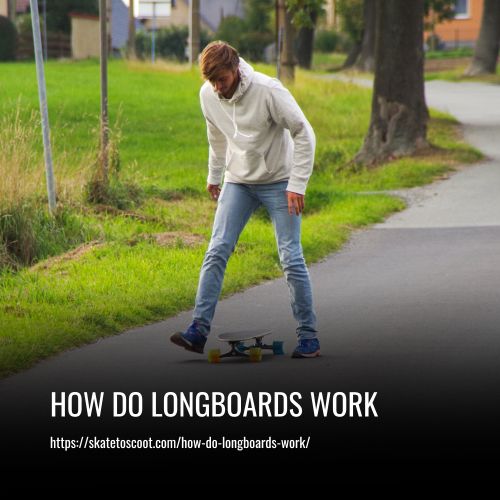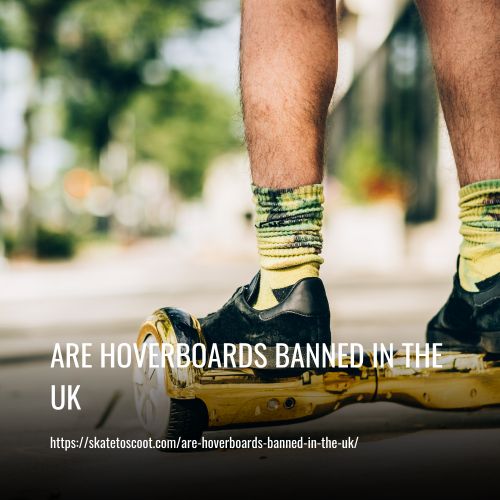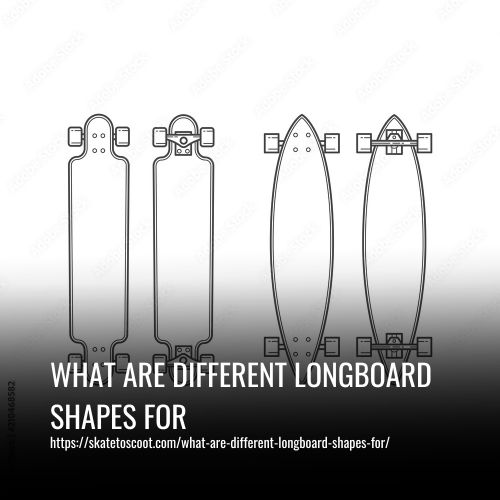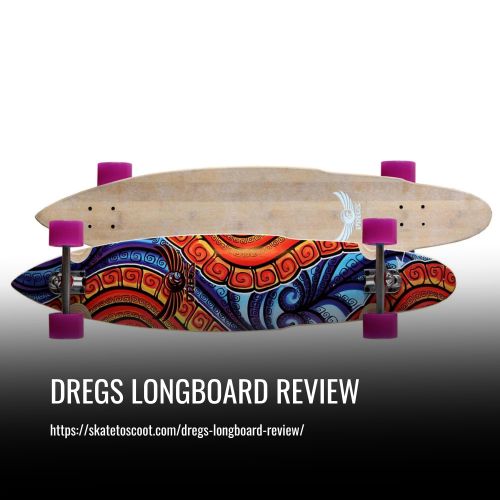As an Amazon Associate we earn from qualifying purchases.
Longboarding is a popular sport and mode of transportation that offers a smooth and enjoyable ride. Originally inspired by surfing and downhill snowboarding, longboarding allows enthusiasts to experience the thrill of those sports on paved surfaces. Unlike traditional skateboards, longboards have a longer, wider deck, larger wheels, and wider trucks.
The key difference between longboards and regular skateboards is their design. Longboards have a longer deck, usually around 33 to 59 inches wide. This provides a more stable platform for riding, making it easier to maintain balance. The larger wheels on longboards, typically between 60mm and 107mm in diameter, offer a smoother ride and reduce road vibrations. Longboards also often have softer wheels, which absorb more shock and provide a more comfortable experience on rougher surfaces.
The trucks on a longboard, known as reverse kingpin trucks, are wider and offer more stability compared to the traditional skateboard’s standard kingpin trucks (TKP). These trucks allow for sharper turns and better control at higher speeds. Longboards are also equipped with different types of bushings, which affect the board’s turning responsiveness.

An Explanation of the Science Behind Longboarding:
Longboarding is more than just cruising on a plank of wood with wheels—it’s a sport that involves the careful balance of physics, components, and rider skills. Let’s dive into the science behind how longboards work.
1. Friction and Motion:
According to Isaac Newton’s first law of motion, an object in motion will stay in motion unless acted upon by an external force. In the case of longboarding, friction with the ground (such as pavement) slows down the board. When the rider applies force to propel the longboard forward, the cycle starts again.
2. Acceleration and Gravity:
Newton’s second law of motion states that an object will accelerate if the total force applied to it is greater than its mass. When a longboarder goes downhill, the force of gravity becomes more significant than the rider’s weight, causing acceleration. By reducing wind resistance (friction) through crouching, the speed of the longboard can increase even more.
3. Equal and Opposite Reactions:
Newton’s third law of motion explains how every action has an equal and opposite reaction. When the rider pushes the longboard forward by placing their foot on the ground, the ground pushes back with the same force. Similarly, when the rider drags a foot to slow down, the ground exerts an equal force to bring them to a stop.
4. Friction Types:
There are two types of friction that affect longboarding. Static (fluid) friction keeps the longboard still when placed on the ground. Overcoming static friction requires a significant initial force to start moving. Dynamic (kinetic) friction is the force required to keep the longboard moving. Continuous pumping is necessary to overcome dynamic friction and maintain momentum.
5. Larger and Softer Wheels:
Longboards are equipped with larger and softer wheels compared to regular skateboards. The bigger size of the wheels allows for more grip on the pavement, enhancing cornering ability and preventing accidents such as the board shooting out underneath the rider. The softness of the wheels also reduces vibration and provides a less bone-jarring ride.
6. Longer and Heavier Boards:
Longboards are longer and heavier than regular skateboards. The increased length and weight provide stability, making longboards more suited for downhill racing or slaloming. The additional mass of the board creates more resistance to a change in motion, also known as inertia, which helps maintain stability and control.
7. Wide Wheelbase and Trucks:
Longboard trucks, the parts that connect the wheels to the board’s underside, are specifically designed to achieve a wider wheelbase. The wider distance between the front and rear wheels offers longboard riders increased turning versatility compared to regular skateboards. This allows for smoother and more controlled maneuvers.
How to Adjust Your Longboard for a Better Ride:
When it comes to longboarding, there are various ways to adjust your board to suit your riding style and preferences. Here are some key adjustments you can make to optimize your longboarding experience:
- Truck Bushings: The bushings on your longboard trucks play a significant role in turning and stability. Softer bushings allow for easier turning, while harder bushings provide more stability at higher speeds. Depending on your desired maneuverability and stability, you can choose to modify your bushings accordingly.
- Truck Geometry: The geometry of your longboard’s trucks determines how far they will turn. By using wedges that go between the truck mount and the deck, you can adjust the turning angles. Inserting wedges on the outside of the deck tilts the truck axles inward, promoting stability. Conversely, inserting wedges on the inside of the deck allows for a greater turning angle. Experimenting with different wedges can help you find the right balance between stability and maneuverability.
- Deck Stiffness: The stiffness of your longboard’s deck affects its flexibility. A relatively short and flexible deck provides more maneuverability, but it may feel wobbly at high speeds. Conversely, a long and rigid deck offers stability and a smoother ride, but turning sharp may be more challenging. Choosing the right deck stiffness based on your riding preferences is crucial.
- Wheelbase and Wheels: The wheelbase refers to the distance between the trucks, influencing your longboard’s stability. A shorter wheelbase allows for tighter turns, while a longer wheelbase promotes stability. Additionally, the size and hardness of your wheels play a role in the smoothness of your ride. Larger, softer wheels provide a smoother ride, while smaller, stiffer wheels offer more control.
Remember, adjusting your longboard is a matter of personal preference. It’s essential to learn the fundamental relationships between maneuverability, stability, and turning angles before making any modifications. Seeking guidance from a reputable skate shop or consulting online forums for longboarding advice can also be helpful.
Essential Tips for Longboarding Success:
Longboarding is an exciting sport that requires skill, balance, and practice. Whether you’re a beginner or an experienced rider, understanding how longboards work is crucial for mastering this thrilling activity. Here are some essential tips to help you ride your longboard with ease and precision:
- Safety First: Before hitting the pavement, prioritize safety. Wear a helmet, knee and elbow pads, and closed-toe shoes. Protecting yourself reduces the risk of injuries and increases your confidence on the board.
- Weight Distribution: Proper weight distribution is key to maintaining balance and control. While riding, center your body weight on the longboard, keeping your feet shoulder-width apart. Your front foot should be slightly angled towards the nose of the board.
- Foot Placement: Experiment with different foot positions to find what feels best for you. For most riders, placing their left foot forward (regular stance) or right foot forward (goofy stance) provides optimum control and stability.
- Turning Techniques: Shifting your weight and leaning into turns allows you to steer smoothly. For downhill rides, practice controlled sliding and carving to navigate corners effectively. Remember to stay relaxed and maintain a lower center of gravity for stability.
- Wheel Selection: The type of wheels you choose impacts your ride quality. Softer wheels provide a smoother ride and better grip, while harder wheels offer more speed and durability. Consider the terrain and your riding style when selecting the right wheels for your longboard.
- Truck Adjustments: Adjusting the trucks, which connect the wheels to the board, can fine-tune your ride. Tighten or loosen the kingpin nut to control the truck’s responsiveness and stability. Experiment with different settings to find your desired level of maneuverability.
- Board Size and Shape: Longboards come in various sizes and shapes, each serving different riding styles. Longer boards offer stability and control, ideal for downhill racing, while shorter boards are more maneuverable for freeride and street cruising.
- Maintenance: Regularly inspect and maintain your longboard to ensure optimal performance. Check the bearings, tighten the bolts, and clean the deck for a smooth and safe ride.
Remember, longboarding is a personal experience, and finding what works best for you may require some trial and error. Seek advice from experts at local skate shops or online forums to get helpful insights and recommendations. With practice and the right equipment, you’ll be gliding smoothly and confidently on your longboard in no time. Safe riding!
FAQs
Longboards work by using a longer and wider deck compared to regular skateboards. This allows for more stability and a smoother ride. They also typically have larger and softer wheels, which provide better grip and absorb vibrations, resulting in a more comfortable experience.
To ride a longboard, place your left foot (assuming a regular stance) on the front of the board and use your right foot to push off and gain momentum. When cruising, distribute your body weight evenly and practice carving to control your speed and direction.
Longboards are longer, wider, and have larger wheels than regular skateboards. They are specifically designed to offer a smoother ride over longer distances and at higher speeds. Longboards are best suited for downhill longboarding, freeriding, and cruising.
Longboard trucks are the metal components that connect the wheels to the deck. They come in various styles, including traditional kingpin (TKP) and reverse kingpin (RKP) trucks. RKP trucks are more common on longboards and provide greater stability and responsiveness.
Longboard bearings are responsible for reducing friction between the wheel and the axle, allowing it to spin smoothly. They consist of an outer ring, an inner ring, balls, and a retainer. Bearings are graded on an ABEC scale to indicate their precision and quality.
Conclusion:
Longboards are more than just a mode of transportation or a hobby. They are a gateway to freedom, adventure, and self-expression. Whether you’re a seasoned rider or just getting started, understanding how longboards work opens up a world of possibilities.
So grab your board, hit the pavement, and let the wind in your hair remind you of the endless possibilities that come with gliding on a longboard. Ride on!
Amazon and the Amazon logo are trademarks of Amazon.com, Inc, or its affiliates.



